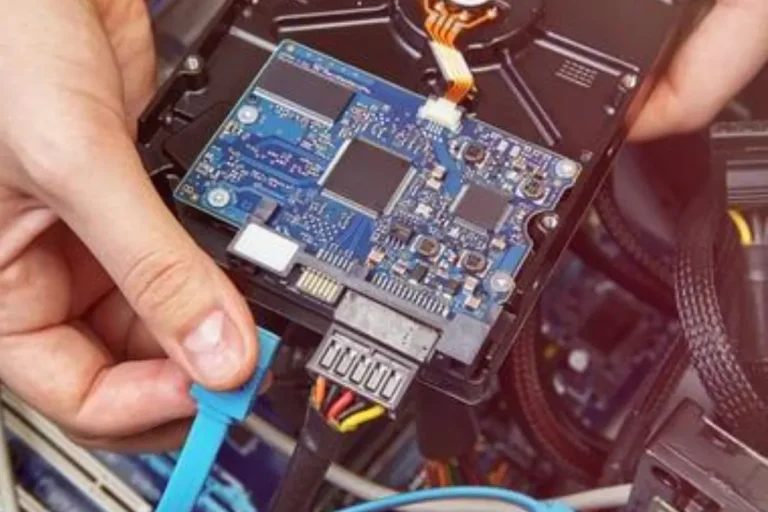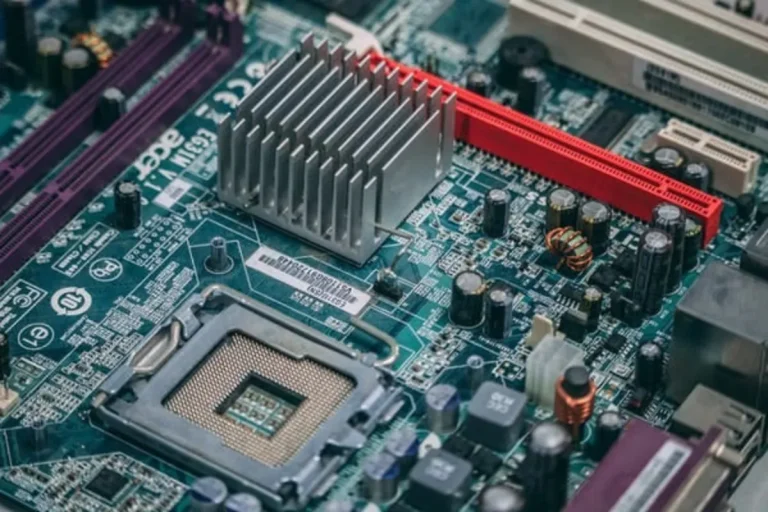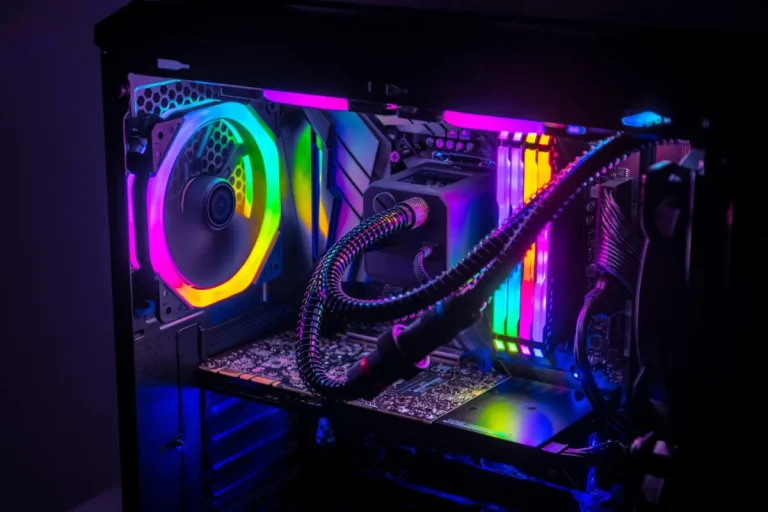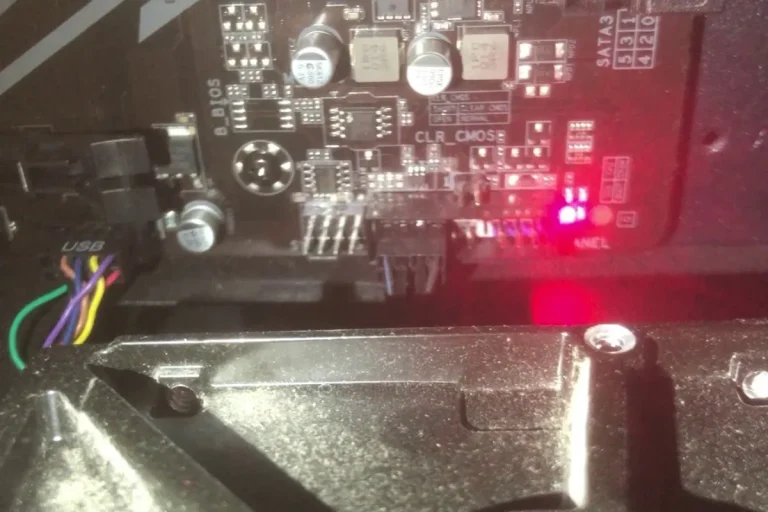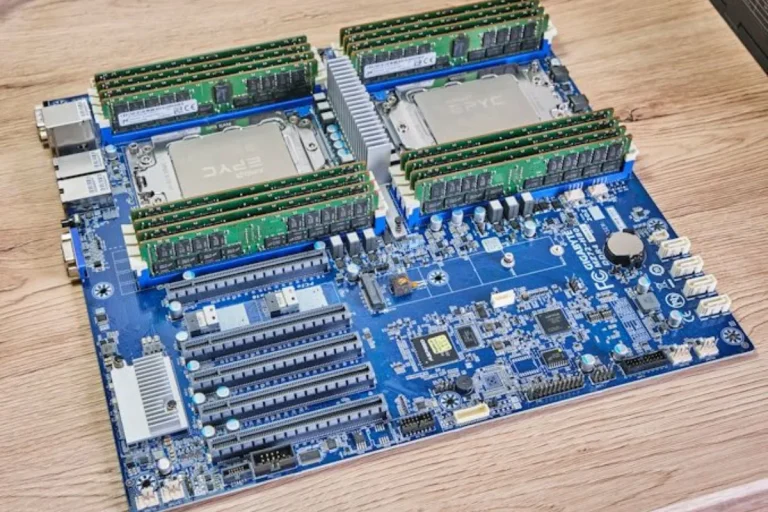Does a motherboard affect the performance of a gaming PC?
Are you wondering if the motherboard affects the performance of your gaming PC? Well, you’ve come to the right place! In this article, we’ll explore the role of the motherboard in your gaming setup and uncover how it can impact your gaming experience.
CPU Compatibility and Performance
When it comes to building a gaming PC, one of the most crucial factors to consider is the compatibility between the motherboard and the processor, also known as the CPU. This compatibility determines whether your chosen CPU will fit and work properly on the motherboard.
The CPU socket on a motherboard is designed to accommodate specific types of processors. Different CPU socket types have their own unique pin configurations and physical dimensions, which means not all CPUs will fit into all motherboards.
It’s like trying to fit a square peg into a round hole – it just won’t work! Therefore, it’s essential to ensure that your motherboard’s CPU socket matches the processor you plan to use. But why does CPU compatibility matter for gaming performance, the CPU is responsible for executing instructions and performing calculations in your gaming PC.
It is crucial in determining how quickly and efficiently your games will run. If you choose a CPU that is not compatible with your motherboard, you won’t be able to harness its full power, and your gaming experience may suffer.
Different CPU socket types can also have an impact on gaming performance. Some socket types support higher-end processors with more cores and threads, which can handle demanding games and multitasking with ease.
On the other hand, certain socket types may limit your options to lower-end processors, which might struggle to keep up with the latest games.
RAM and Memory Speeds
RAM, or Random Access Memory, is an essential component of a gaming PC that can significantly impact its performance. In this section, we’ll explore how the number of RAM slots and memory speeds can influence gaming performance. Additionally, we’ll discuss the difference between dual-channel and single-channel memory configurations and their impact on gaming.
RAM slots on a motherboard determine how much memory you can install on your gaming PC. The more RAM slots you have, the more memory you can add. This is important because games nowadays require a substantial amount of memory to run smoothly.
Having more RAM allows your PC to store and access game data quickly, resulting in faster load times and smoother gameplay. Memory speed, measured in megahertz (MHz), refers to how quickly your RAM can transfer data.
Higher memory speeds can lead to improved gaming performance, as data can be accessed and processed faster. However, it’s worth noting that the impact of memory speed on gaming performance is more noticeable in certain scenarios, such as when gaming at higher resolutions or using CPU-intensive applications.
Now, let’s discuss the difference between dual-channel and single-channel memory configurations. In a dual-channel configuration, two identical RAM modules are installed in matching slots on the motherboard.
This setup allows for increased memory bandwidth and can result in improved gaming performance compared to a single-channel configuration. On the other hand, a single-channel configuration utilizes only one RAM module, which may limit memory bandwidth and potentially impact gaming performance.
It’s important to note that not all motherboards support dual-channel memory configurations. Therefore, it’s crucial to check your motherboard’s specifications before deciding on the RAM configuration for your gaming PC.
BIOS and Firmware Updates
Keeping your motherboard’s BIOS and firmware up to date is crucial for ensuring optimal performance and compatibility with newer hardware. In this section, we’ll explore the importance of these updates and how they can improve stability and compatibility.
The BIOS (Basic Input/Output System) is a firmware that resides on your motherboard. It acts as the interface between your computer’s hardware and software. Firmware, on the other hand, refers to the software embedded in various hardware components.
By keeping your BIOS and firmware up to date, you can unlock new features and functionalities that may improve your gaming experience. Manufacturers often release updates that address specific issues or provide performance optimizations, allowing you to get the most out of your hardware.
Power Delivery and Overclocking
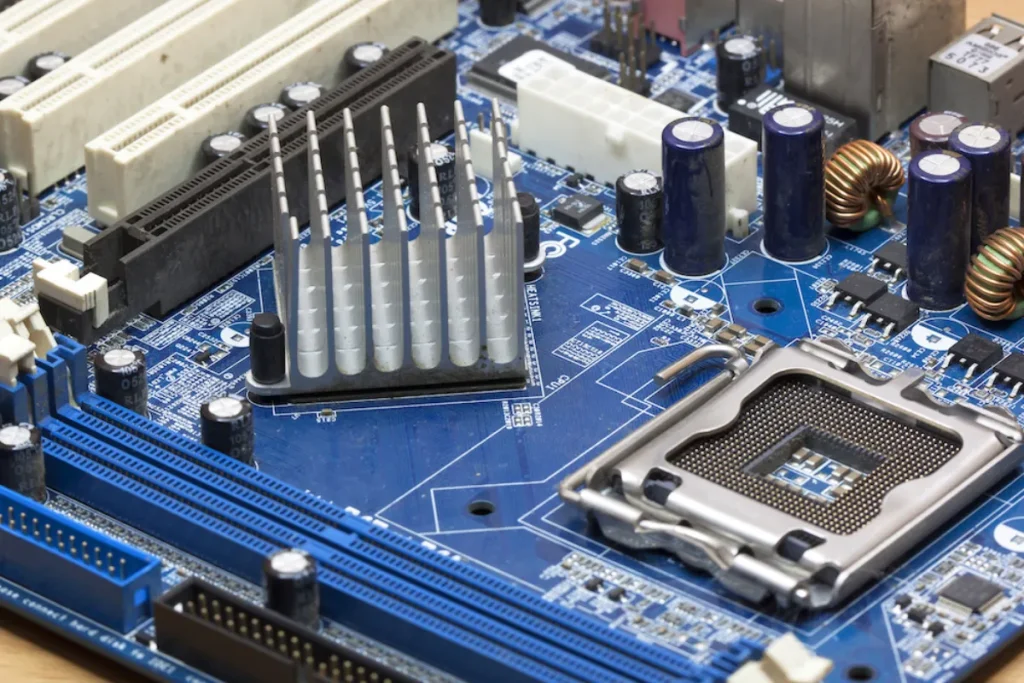
Power delivery and the components responsible for it, such as power phases and VRMs (Voltage Regulator Modules), play a crucial role in a motherboard’s ability to handle overclocking.
In this section, we’ll explore what power phases and VRMs are and how they affect overclocking potential and gaming performance. Power phases refer to the circuitry on a motherboard that regulates the flow of electricity to the CPU.
More power phases generally mean better power delivery and stability. When overclocking, the CPU requires more power to handle the increased workload. Having multiple power phases allows for a more precise and efficient distribution of power, reducing the risk of instability or system crashes.
VRMs, or Voltage Regulator Modules, are responsible for converting the voltage from the power supply to a level suitable for the CPU. They ensure that the CPU receives a consistent and stable voltage, which is crucial for stable operation, especially when overclocking.
Higher-quality VRMs can handle higher power demands, resulting in better overclocking potential and overall system performance. When it comes to overclocking, a well-designed power delivery system with ample power phases and robust VRMs can make a significant difference.
These components ensure that the CPU receives the necessary power and voltage to handle the increased clock speeds. A stable and efficient power delivery system can prevent voltage drops, reduce heat generation, and minimize the risk of system instability during demanding gaming sessions.
It’s important to note that not all motherboards have the same power delivery capabilities. Higher-end motherboards often feature more power phases and better VRMs, making them more suitable for overclocking. However, even mid-range or entry-level motherboards can offer decent power delivery for moderate overclocking.
Frequently Asked Questions
1. What are the different motherboard form factors?
The main motherboard form factors are ATX (Advanced Technology eXtended), Micro-ATX, and Mini-ITX. ATX is the standard size, Micro-ATX is smaller, and Mini-ITX is the smallest.
2. What is the ATX form factor and why is it popular?
ATX is the most common motherboard form factor. It offers more expansion slots and features, making it suitable for high-performance systems and gaming PCs. Its popularity is due to its versatility and wide range of compatible cases and components.
3. What are the advantages of micro-ATX and mini-ITX form factors?
Micro-ATX is smaller than ATX but still offers decent expansion options. It is a good choice for compact builds that require some level of upgradability. Mini-ITX is the smallest form factor, ideal for small form factor builds or HTPC (Home Theater PC) setups where space is limited.
4. How does case compatibility impact gaming PC performance?
Case compatibility is crucial to ensure proper airflow, component fit, and cable management. A well-designed case with good airflow can help keep components cool, enhancing their performance and longevity. It also allows for easier installation and maintenance of components.
5. Does the motherboard form factor affect gaming PC performance?
The motherboard form factor itself does not directly impact gaming PC performance. However, it determines the size and layout of the motherboard, which can affect the number of expansion slots, RAM capacity, and other features.
Conclusion
While the motherboard itself doesn’t directly affect gaming PC performance, it plays a vital role in ensuring compatibility, expansion options, and overall system stability. It’s like the backbone of your gaming rig, providing a solid foundation for your components to work together harmoniously. So, choose wisely and build your gaming empire on a strong motherboard
